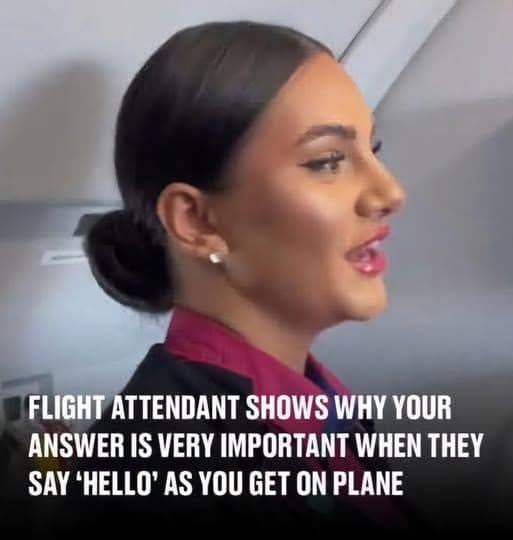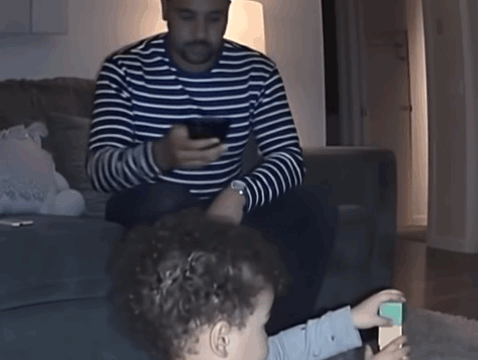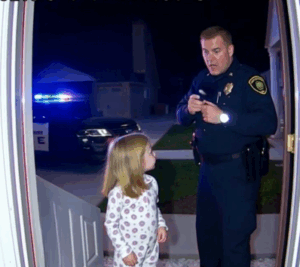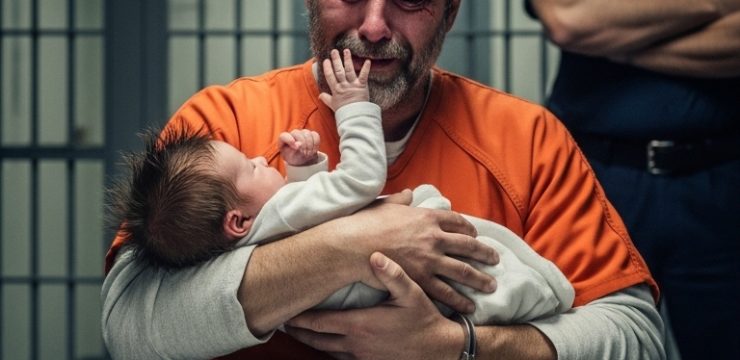When you step onto an airplane, you’re typically met with a warm, friendly greeting from a flight attendant. A simple “hi,” “hello,” or “welcome aboard” might seem like nothing more than polite protocol, but behind this seemingly casual exchange lies a more significant purpose. Every greeting serves as an unspoken assessment, a quick but essential moment where flight attendants gather vital information about each passenger. This interaction goes beyond simple courtesy—it’s a subtle but effective safety measure. Let’s explore the reasons why this brief exchange is far more important than it seems and how it contributes to the safety and smooth operation of every flight.

More Than Just a Greeting: A Safety Assessment
Flight attendants are not just there to serve drinks and snacks—they’re highly trained safety professionals responsible for ensuring passengers’ well-being throughout the flight. When they greet passengers during boarding, they’re not just being friendly; they are conducting a quick but meaningful assessment.
One of the key purposes of this initial interaction is to gauge the state of passengers, particularly regarding intoxication or health issues. Many travelers enjoy a drink or two at the airport before boarding, and while moderate consumption is usually fine, excessive drinking can lead to serious safety concerns once the plane is in the air.
Spotting Potential Problems Early
Passengers who have had too much to drink can pose significant risks on a flight. Intoxicated individuals may become disruptive, uncooperative, or even pose a physical threat to others. Anecdotes abound of passengers who could barely walk down the aisle, spoke incoherently, or caused chaos mid-flight because they were too intoxicated to handle the confined environment of an airplane cabin.
Flight attendants are trained to notice subtle cues during their greeting interactions—slurred speech, unsteady movements, or the smell of alcohol. If someone seems overly intoxicated, attendants can address the situation before takeoff, potentially denying them boarding if their behavior raises serious concerns. This early detection is crucial for avoiding mid-flight disruptions that could jeopardize the safety and comfort of everyone on board.
Assessing Passenger Readiness
In addition to spotting intoxication, flight attendants use the boarding greeting to evaluate whether a passenger might be unwell or showing signs of distress. Ill passengers can also create safety risks, especially if their condition worsens during the flight. Whether it’s dizziness, shortness of breath, or visible discomfort, these signs can often be detected during that initial brief exchange.
According to flight attendant Iona Iachim from Wizz Air, this greeting is more than just a formality—it’s a diagnostic tool. Flight attendants are trained to read facial expressions, body language, and speech patterns to identify any signs of illness or emotional distress. Addressing these concerns on the ground is far easier and safer than trying to handle a medical emergency mid-flight.
Identifying Potential Helpers in Emergencies
Another lesser-known but equally important reason for the initial greeting is identifying capable and calm passengers who could assist in an emergency. Flight attendants are skilled at quickly assessing personalities and confidence levels through simple conversations. Someone who makes eye contact, responds calmly, and appears alert and confident might be mentally flagged as someone who could assist in a crisis.
These individuals might be called upon in the event of an emergency, such as helping operate an exit door, assisting other passengers, or providing support to the crew. This mental mapping allows flight attendants to know exactly where these potential helpers are seated, which could make all the difference in a high-pressure situation.
Dispelling Myths: It’s Not About Attraction
It’s worth addressing a common misconception: flight attendants are not flirting with passengers when they greet them warmly. While their friendliness might sometimes be misinterpreted, their focus remains firmly on safety, professionalism, and efficiency.
Among flight crews, there’s even a lighthearted code word—‘BOB,’ short for ‘Best on Board’—which might refer to passengers who stand out in a positive way, such as being particularly polite, well-dressed, or simply pleasant to interact with. However, this is all in good humor and does not imply romantic interest.
Passengers should remember that flight attendants are professionals doing their job, and misreading these interactions can lead to awkward or uncomfortable situations. If you genuinely feel a connection and wish to communicate further, it’s best to discreetly offer your contact information as you disembark, rather than misinterpreting professional politeness as flirtation.
A System Built on Safety and Awareness
At its core, the greeting serves as part of a broader safety strategy. In addition to creating a welcoming atmosphere, flight attendants are simultaneously scanning passengers, assessing risks, and identifying potential allies—all in just a few seconds. This practice showcases their multitasking abilities and sharp observational skills.
It’s also worth noting that flight attendants must manage these assessments while remaining warm and approachable. Passengers might not even realize they’re being evaluated because it’s done with such seamless professionalism.
The Next Time You Board a Plane…
The next time a flight attendant smiles and greets you as you board a plane, take a moment to recognize the importance of that interaction. It’s not just small talk—it’s a critical moment for observation and assessment. Respond politely, make eye contact, and know that this small interaction contributes to the safety and smooth operation of the flight.
Every smile, every “hello,” and every brief moment of eye contact is part of a carefully orchestrated system designed to keep every passenger safe from takeoff to landing. Flight attendants are not just hosts—they are guardians of safety in one of the most unique and challenging work environments in the world.
So, the next time you hear, “Welcome aboard!” remember—it’s more than just a greeting. It’s the first step in ensuring a safe and successful flight experience for everyone on board.





